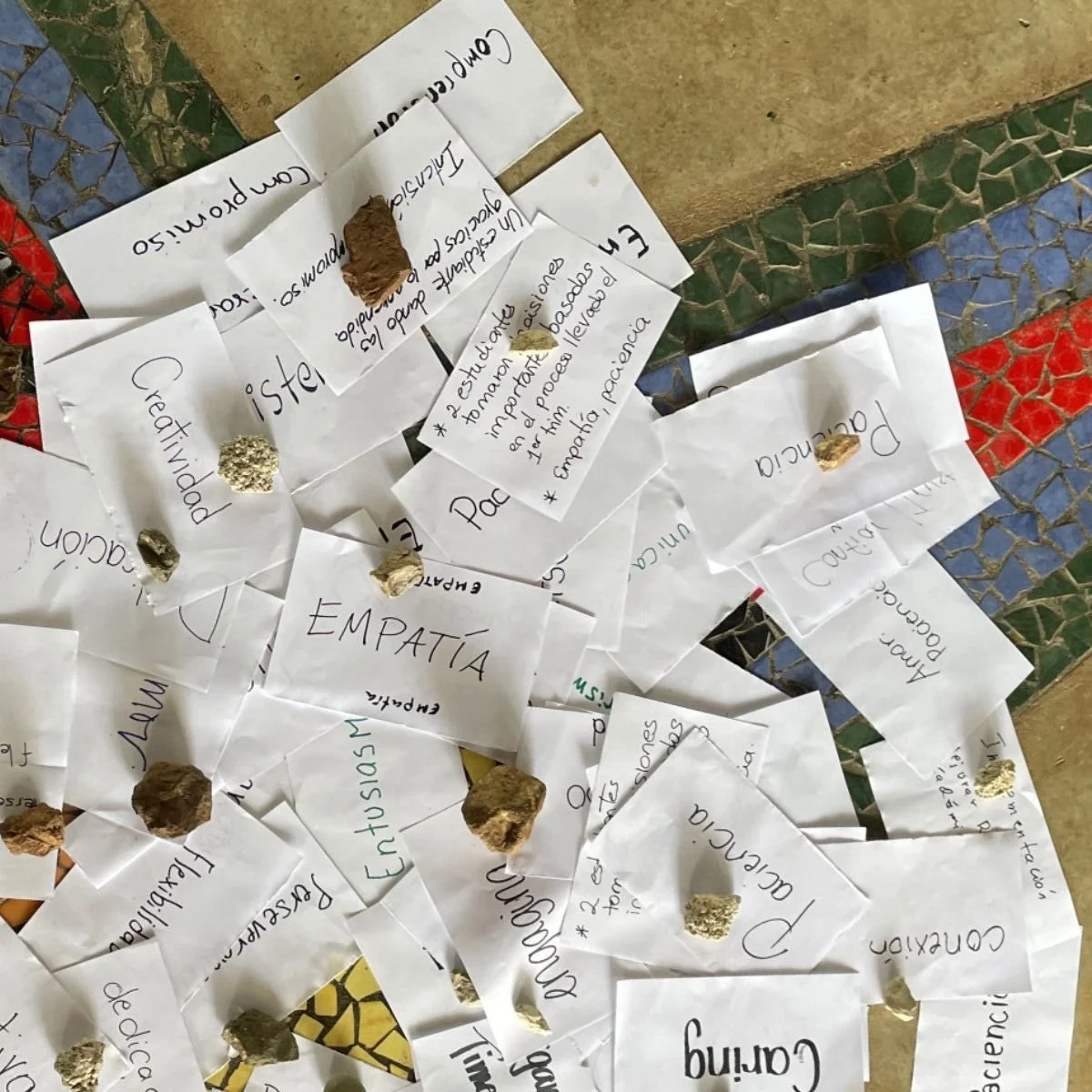Remembering Intention In Our Teaching
Begin Again
After the winter break, we all have the opportunity to begin again. In mindfulness, we use the concept of a beginner's mind to remind ourselves to approach situations with an openness and eagerness and without preconceived notions. We recognize the importance of professional goal setting and working toward those goals, and we are encouraging educators to integrate intentions into their professional practice.
Goals are a way of doing. Intentions are a way of being.
A goal has a definitive outcome, an intention is a continuous practice toward becoming more and more of the educator we want to be. Our intentions speak to our greatest attributes, the aspects of ourselves that give us our own flavor and value for our team, our school community, and our students.
Intention setting brings a sense of mindfulness into our day-to-day life. Our intentions are the qualities of our true nature that we want to embody. Intention setting allows us to tap into our core values, our belief in who we are and how we want to be in the world, and by extension, how we want to respond to life in any given moment or circumstance. Living with intention means inviting a pause to reflect on our heart's true nature, the person we want to be, and to respond from that place.
By naming our intentions, we have a place from which to reflect. As you set your goals for the year, we encourage you to set intentions as well.
Educators at La Paz Community School each wrote their personal intention on a piece of paper and added it to the collective pile in the center of their meeting room, notice the mosaic tile compass. These intentions will guide them through their next trimester: caring, patience, empathy, calmness, cooperation . ..
“The gift of intention, the dedication, is to fulfill your own true nature, to fulfill that which is beautiful in you.”
Jack Kornfield
Easy Steps for Setting Intentions:
Start by asking yourself, “what are the core values and personal qualities that I bring to my work as an educator?” Create a list of these core values. You may recognize qualities such as patience, inclusivity, compassion, drive, or commitment.
Once you have your list, choose one personal quality to focus your intention on.
Pause, take a breath, and as you bring this quality to mind and to heart, feel it in your body. How do you feel when you embody this attribute?
Write your intention on a post-it note and put it in a place where you will see it and be reminded of your intention regularly.
Let the post-it note be a reminder to pause, take a breath, and remember your intention. With this pause and breath, quietly say your intention, ie. patience.
Reflecting on Intentions
Intentions are an ongoing practice. We can use intentions proactively to prepare for and reflect on our day or our engagements with students, colleagues, and parents. Suspend judgment and remember that this is a quality that you know to be true about yourself. Through these reflections, you can always come back to your intention. You can always begin again . . . !
Who is the educator I want to be today and how will my intention guide me?
How have I practiced my intention thus far today?
How might this intention serve me better as my day continues?
How might I further integrate this intention into my teaching practice?
How might I model and teach this intention to my students?
Setting and reflecting on intentions builds a sense of self-efficacy by keeping your core values in front of you. Rather than a goal that you can check off the list, intentions are an ongoing way to fortify confidence in and commitment to who you want to be as an educator. This confidence and commitment will lead to greater outcomes and a sense of efficacy. Have a great start to the new year and . . . Be Well!

